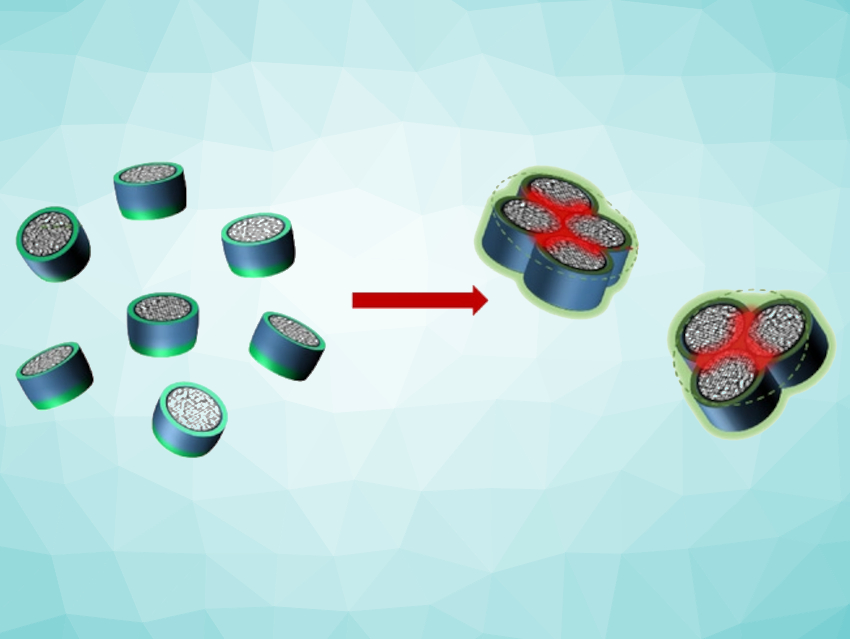Carbon dots (CDs) are a promising carbon-based nanomaterial due to their easy synthesis, tunable optical properties, high photostability, and well-documented biocompatibility. These properties make them potential candidates for various applications, including bioimaging, biosensing, and photothermal therapy (PTT).
For biological applications in vivo, long-wavelength absorption and emission, particularly in the red to near-infrared regions, are desired to achieve deep tissue penetration. The optical bandgap of CDs can be tuned using various strategies, such as size screening, heteroatom doping, and surface oxidation. These known methods of engineering CD bandgaps are mainly used in dispersed systems, which usually require precise separation and purification and are not easy to reproduce. Aggregation can be an effective approach to preparing supra-nanomaterial systems with useful optical and photophysical properties.
Songnan Qu, University of Macau, Taipa, Macau SAR, China, and colleagues have developed luminescent fused CD aggregates (f-CDAs), showing the effectiveness of an aggregation strategy to tune absorption and emission bands. Under solvothermal treatment, a concentration-induced interparticle dehydration process among small CDs gave the desired f-CDAs (pictured). The fused carbon dots have absorption bands in wavelength regions from 550 nm to 700 nm. The obtained f-CDAs also exhibit significantly enhanced deep-red fluorescence and improved photothermal conversion efficiency.
Compared with assembly methods using hydrogen bonds or electrostatic interactions, the proposed fusion method based on covalent bonds for supra-CD fabrication has distinct advantages in structural stability and could be a promising approach for the spectral regulation of CDs.
- Generating long‐wavelength absorption bands with enhanced deep red fluorescence and photothermal performance in fused carbon dots aggregates,
Jun Wu, Josh Haipeng Lei, Bingchen He, Chu‐Xia Deng, Zikang Tang, Songnan Qu,
Aggregate 2021.
https://doi.org/10.1002/agt2.139



